Predict how changes in a food chain affect species in an ecosystem with this worksheet.
What Happens When There Is a Food Chain Imbalance?
What does it mean when there is an imbalance in a food chain? A food chain is a series of organisms that rely on each other as a source of food. In some cases, there is a time when the population of a particular species has either decreased or increased. This causes an imbalance in the food chain and can negatively impact other species.
With this science worksheet, students will have the opportunity to answer 8 different questions covering imbalances in food chains. Students will demonstrate an understanding of how to properly draw food chain arrows, make predictions based on changes in animal populations, identify producers and consumers, and more!
An answer key is included with your download to make grading fast and easy!
Tips for Differentiation + Scaffolding
In addition to independent student work time, use this worksheet as an activity for:
- Guided science groups
- Lesson warm-up
- Lesson wrap-up
- Fast finishers
- Homework assignment
- Whole-class review (via smartboard)
If there are students who need a bit of a challenge, consider having them make additional predictions on how different food chains would be affected if there was an increase or decrease in the population of a species.
For students who may need support, consider completing this assignment in a 1-on-1 setting or with a small group. Additionally, invite students to reference previous assignments, posters, or anchor charts to help them with this worksheet.
🖨️ Easily Download & Print
Use the dropdown icon on the Download button to choose between the PDF or editable Google Slides version of this resource.
Because this resource includes an answer sheet, we recommend you print one copy of the entire file. Then, make photocopies of the blank worksheet for students to complete.
To save paper, we suggest printing this multi-page worksheet double-sided.
Turn this teaching resource into a sustainable activity by printing on cardstock and slipping it into a dry-erase sleeve. Students can record their answers with a whiteboard marker, then erase and reuse them.
Additionally, project the worksheet onto a screen and work through it as a class by having students record their answers in their notebooks.
Get more worksheets to have handy!
This resource was created by Melissa McLaren, a teacher in Massachusetts and Teach Starter Collaborator.
Don’t stop there! We’ve got more activities to shorten your lesson planning time:
[resource:4823125] [resource:4822892] [resource:4828985]
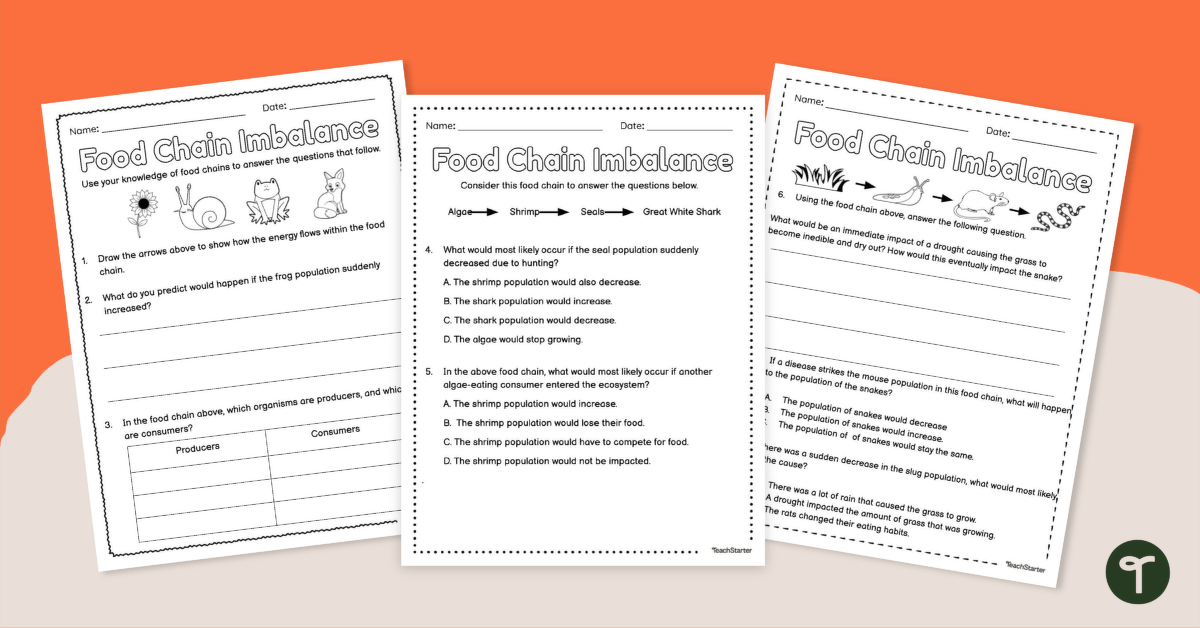

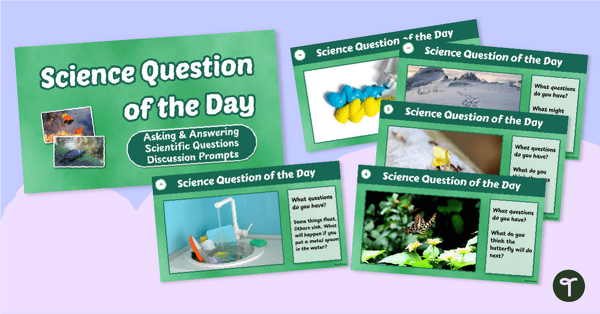
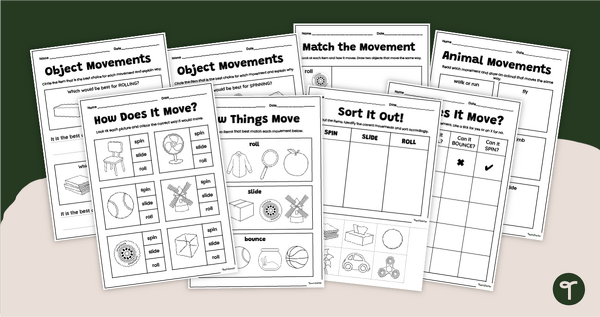
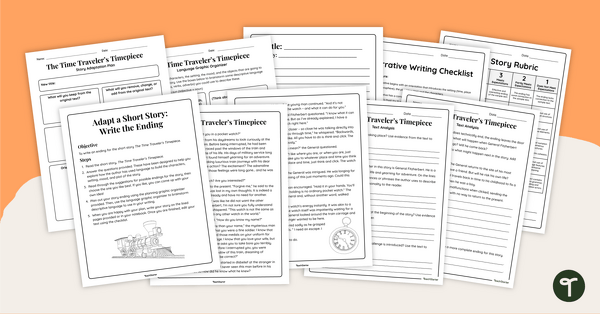


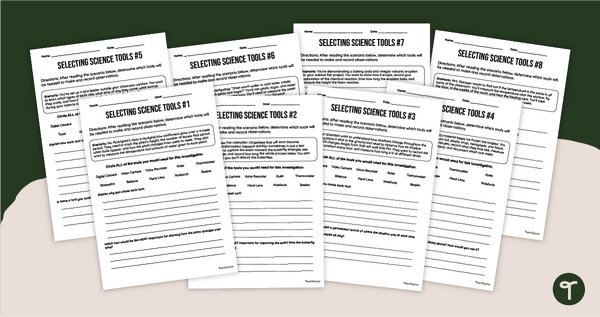
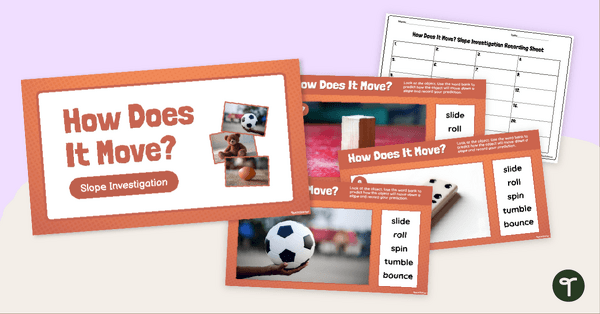

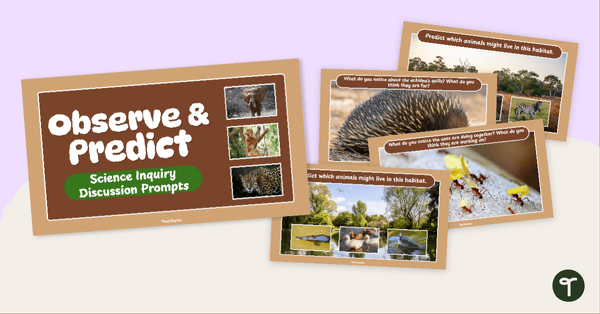
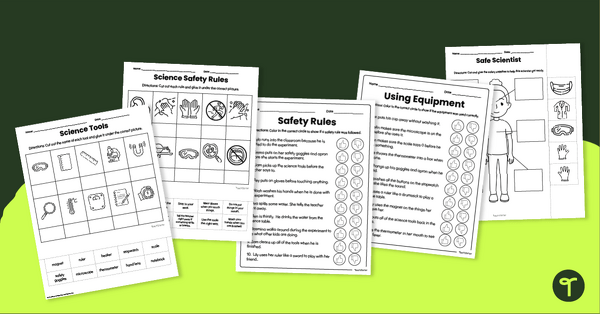
0 Comments
Write a review to help other teachers and parents like yourself. If you'd like to request a change to this resource, or report an error, select the corresponding tab above.